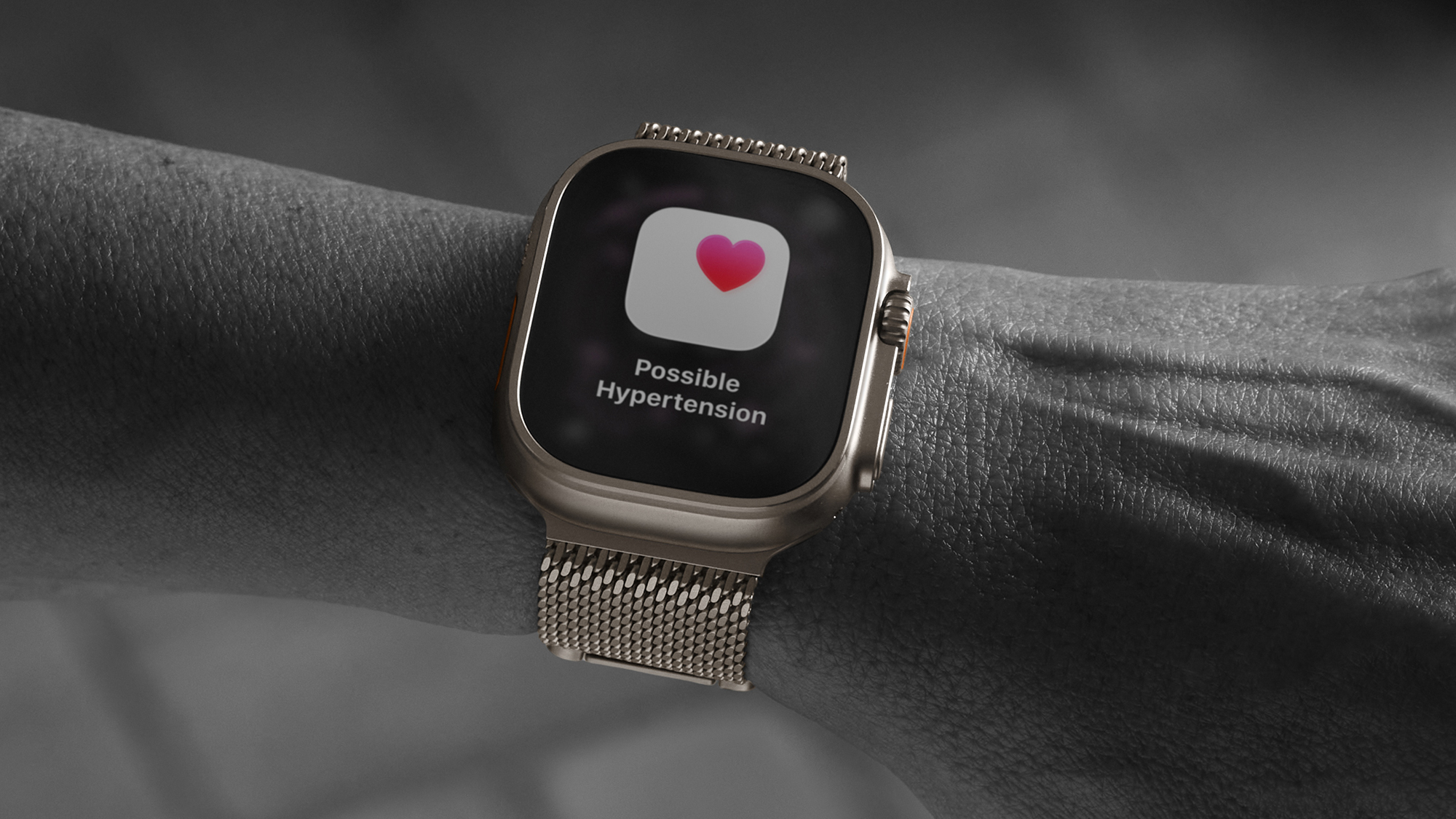Health
Apple Watch Introduces New Hypertension Detection Feature

The highly anticipated hypertension detection feature has officially launched on the Apple Watch Series 11 and Apple Watch Ultra 3, along with earlier models including the Apple Watch Series 9, Series 10, and Ultra 2. While this innovation marks a significant advancement in wearable health technology, it does not entirely replace traditional blood pressure monitors.
Understanding blood pressure is crucial. It refers to the force exerted by circulating blood on the walls of blood vessels as the heart pumps. High blood pressure, or hypertension, can lead to serious health issues such as heart attacks and strokes. Blood pressure readings are represented by two numbers: systolic pressure, measured during a heartbeat, and diastolic pressure, measured between beats.
How the New Feature Works
The Apple Watch utilizes an optical heart rate sensor, already employed for heart rate monitoring, to detect changes in the blood vessels as the heart beats. Through a proprietary algorithm developed by Apple, the watch calculates potential blood pressure levels. However, users will not see specific numerical readings or be able to conduct spot checks, as the device is designed to monitor trends over time rather than provide immediate readings.
The hypertension detection feature functions passively in the background, collecting data over a rolling 30-day period. If the watch identifies possible hypertension, it will alert the user, recommending next steps to confirm the findings.
According to Apple, users should follow up with daily readings using a traditional blood pressure cuff over the next week. These readings can be manually entered into the Health app on the user’s iPhone, providing a comprehensive overview to discuss with healthcare professionals.
The company estimates that within a year of the feature’s release, approximately one million users will be notified of hypertension issues they were previously unaware of. This estimate is based on data refined through machine learning and a clinical trial involving more than 2,000 participants.
Limitations and Next Steps
While the new feature offers valuable insights, it is essential to understand its limitations. Alerts from the Apple Watch do not guarantee a diagnosis of hypertension, and the algorithm may not detect every case. Users are encouraged to consult healthcare providers for further evaluation if alerted.
Having a week’s worth of data from the watch can significantly aid medical professionals in assessing a patient’s condition. This data, combined with the initial alert from the Apple Watch, helps facilitate informed discussions about cardiovascular health.
The introduction of hypertension detection reflects Apple’s ongoing commitment to expanding health monitoring capabilities in its devices. As wearable technology continues to evolve, features like these may play a crucial role in proactive health management, potentially changing how individuals monitor and respond to their health over time.
-

 World3 months ago
World3 months agoTest Your Knowledge: Take the Herald’s Afternoon Quiz Today
-

 Sports3 months ago
Sports3 months agoPM Faces Backlash from Fans During Netball Trophy Ceremony
-

 Lifestyle3 months ago
Lifestyle3 months agoDunedin Designers Win Top Award at Hokonui Fashion Event
-

 Sports3 months ago
Sports3 months agoLiam Lawson Launches New Era for Racing Bulls with Strong Start
-

 Lifestyle3 months ago
Lifestyle3 months agoDisney Fan Reveals Dress Code Tips for Park Visitors
-

 World3 months ago
World3 months agoCoalition Forms to Preserve Māori Wards in Hawke’s Bay
-

 Health3 months ago
Health3 months agoWalking Faster Offers Major Health Benefits for Older Adults
-

 Politics3 months ago
Politics3 months agoScots Rally with Humor and Music to Protest Trump’s Visit
-

 Top Stories3 months ago
Top Stories3 months agoUK and India Finalize Trade Deal to Boost Economic Ties
-

 World3 months ago
World3 months agoHuntly Begins Water Pipe Flushing to Resolve Brown Water Issue
-

 Entertainment3 months ago
Entertainment3 months agoExperience the Excitement of ‘Chief of War’ in Oʻahu
-

 Science3 months ago
Science3 months agoNew Interactive Map Reveals Wairarapa Valley’s Geological Secrets









